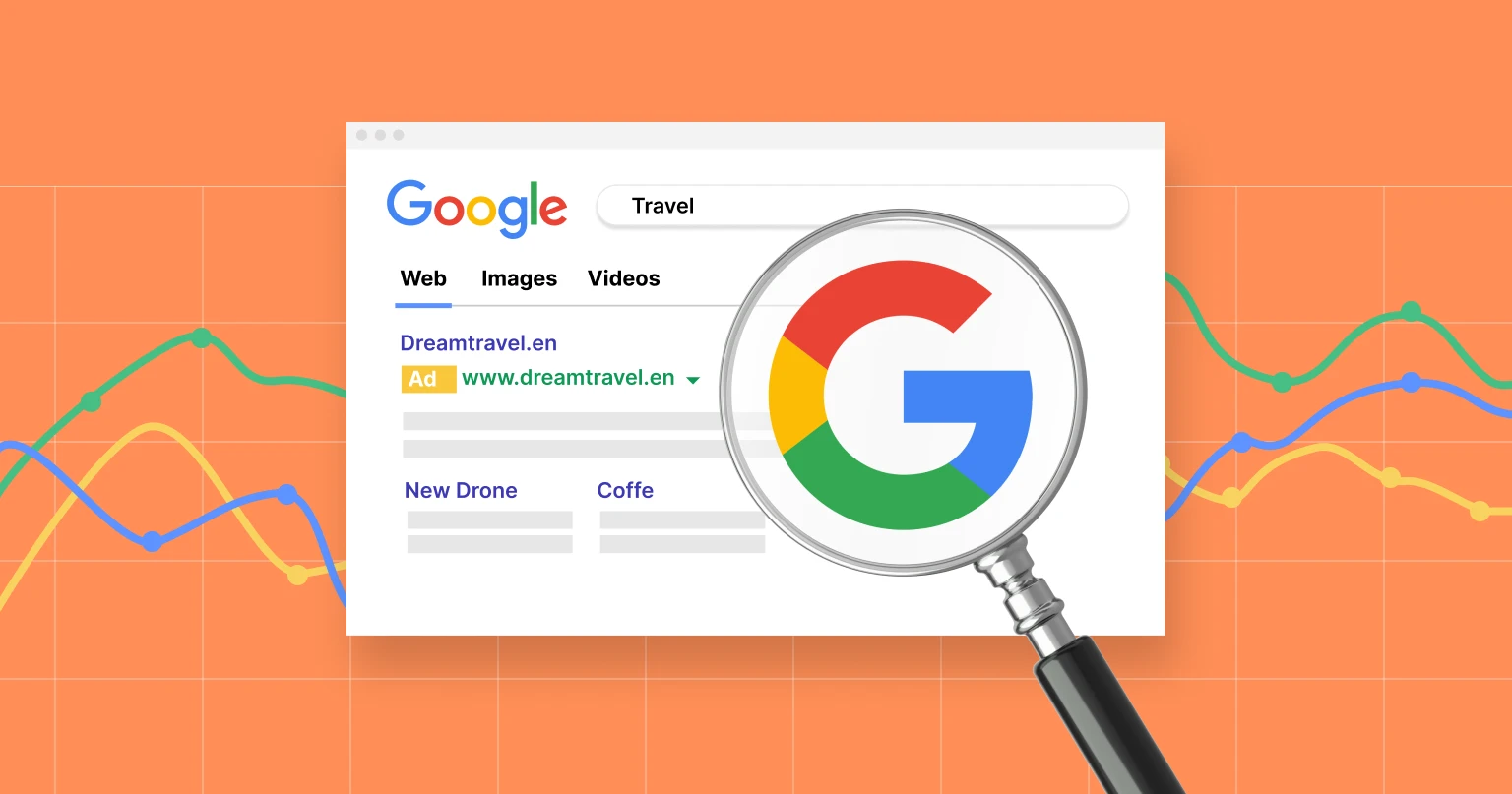In today’s world purchasing is not associated with long hours spent in shopping centers anymore. People simply don’t have time for that and prefer to check something on online shop’s website and then purchase it via its application. Being aware of that, it is almost obligatory for companies to take care of these two platforms and use them as part of their businesses.
If a website and an application are both parts of the business they can be an excellent source of information about customer needs. And it can be used to improve overall customer experience. Back in the days businessmen would measure app and website engagement separately in Google Analytics. However, these days they are able to unify app and website measurements in Google Analytics. And I’m going to tell you why they should.
Once you read this article you will know:
- how to unify app and website measurements in Google Analytics,
- how does the new functionality work,
- advantages of unifying app and website measurements,
- types of analysis that can be performed.
How to unify app and website measurement in Google Analytics
Recently the Google Analytics has introduced a new property type, App + Web, allowing businesses to integrate app and web measurement data in one collective report. In the past, these two were separate entities and it was impossible to get any kind of integrated reporting from both of them. However, Google Analytics has decided to help their users and take their analytics and measurements to the new level.
Now when you log in to your Google Analytics account you are able to simply choose App+Web functionality and connect it with your platforms. Using it you will be provided with additional metrics and dimensions you have never seen before. And it can help you determine which events work best for your business, even better that you can do it using URL builder.
How does the new property work?
The App+Web property exploits an event-based model which is more flexible that the one that is used by separate App and Web properties. The model allows you to collect all the unique interactions with the content that the visitors have and to measure any non-standard event or action that you create or take.
Apart from that, the event-based model enables you to avoid manual tagging of the events on your business website and you don’t need any coding skills to do that. And last but definitely not least – the event-based model allows you to measure scrolls, video views, downloads or just simple page views. Sounds pretty mighty, doesn’t it?
Advantages of combining app and website measurement in Google Analytics
Unification of app and website measurement can really make a difference for understanding your customers’ needs and whims. By analysing the data you can significantly improve the customer experience and give them exactly what they expect. Let me quote some of the most important advantages of unified app and website measurement and give you examples of what hidden knowledge you will possess after you set it up.
Most important advantages
The most crucial benefits are:
- putting the users in the center what enables you to deeply understand their needs and whims,
- simple navigation with a clear menu with data and reports available to generate,
- smart reporting and analysis as you will be provided with automated useful insights about the performance of your platforms,
- quick and carefree set-up with no coding skills required,
- deeper understanding of your marketing campaigns on different platforms and possibility to draw conclusions.
What can you find out with unified App and Web measurements in Google Analytics
The knowledge you will be in possession of is bonded with the advantages that the property provides for you but let me give you just a few example in order for you to understand the real power you will be given.
As the event-based model puts the user in the center, you will have the means for investigating how many people first visited your business site or landing page (you created on your own using landing page template or with the landing page experts from Landingi) and then used your application to make a purchase. This way you know if your business website is convincing at all and whether it brings traffic to your application.
Speaking of the visitors, you will be able to understand the engagement of the visitors with your app and website. To put it brief – you will be able to measure how the visitors engage with your app and website by getting a report with diverse range of user interactions like clicks, page views or app opens. This way you will know what your visitors fancy the most and to what they respond most often.
Also, you will be able to analyze the new conversions for your business you have had the chosen week and quickly discover the reason behind them. Maybe it was that lead generation campaign you started with help of guys from Landingi. Or maybe the lead magnet you added to newsletter.
The new property also is a source of detailed information about your marketing campaigns on different platforms which you will be able to analyse by new reports created. Therefore, you will be to determine whether the ad you run on Facebook brings you less traffic that the lead generation campaign you prepare with Landingi or the promotion of your post on Instagram is far less effective that Facebook promotions.
Types of analysis you can perform
As I mentioned before using the event-based makes the new property App+Web very flexible when it comes to the reporting and measurement dimensions. You don’t have pre-defined reports the property creates for you but you are able to feel free to examine the data the way and receive the reports you want without any limitations.
There are numerous analysis techniques, but the most crucial are the following:
- exploration – you just have to drag and drop the variables and instant visualizations are created for you,
- funnels – you are able to determine what steps are taken in conversion direction,
- path analysis – you are able to recognize all the steps that the users take through the funnel you created.







